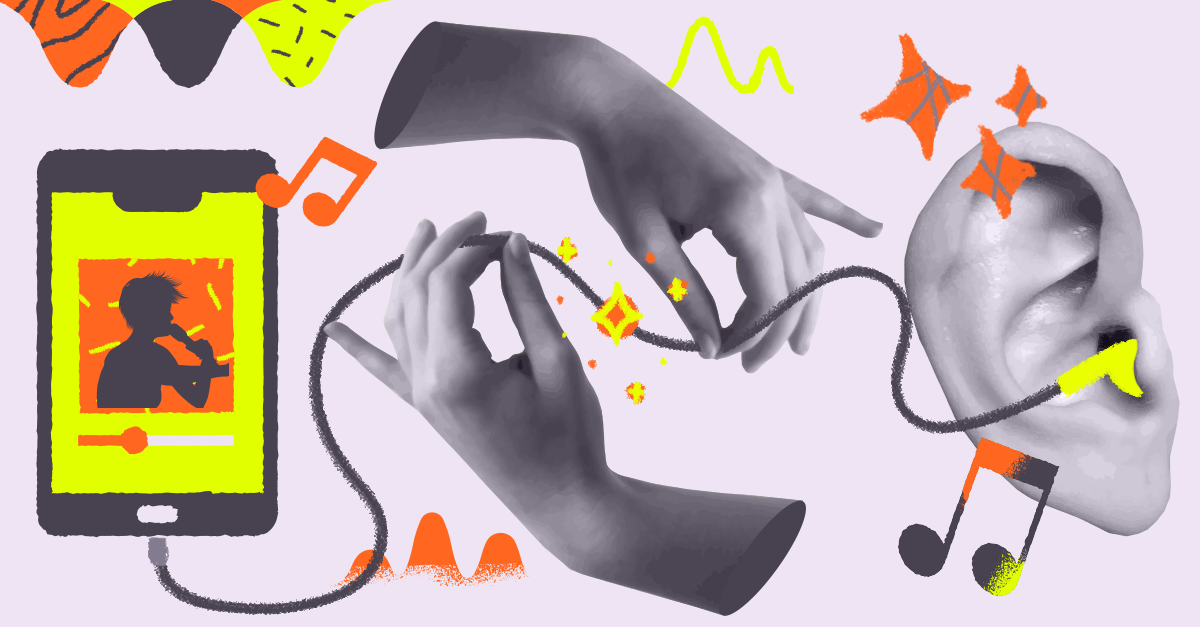
4 SOCIAL COMMERCE TAKEAWAYS FROM ADWEEK ELEVATE’S FUTURE OF SHOPPING SUMMIT
Andrew Beranbom | 8.15.21
The retail industry has been in a steady state of flux over much of the last decade, but the pandemic crisis shifted many emerging trends into overdrive — most notably with the rise of e-commerce. According to YouGov’s International Omnichannel Report this June, consumers are excited to return to stores, but that largely pertains to grocery, convenience, superstores, and similar categories.
So where does that leave apparel/footwear, electronics, beauty, and more?
Many of these brands are leaning into social commerce tools, such as live streaming and social media, to supplement sales. Adweek Elevate recently held its second-annual Future of Shopping summit. The panelists covered a broad range of challenges and opportunities facing the retail sector.
Here are four takeaways from the event for marketers looking to find new avenues for sales growth.
- All Retail is Omnichannel Now: It used to be standard practice for brick-and-mortar retailers to cater exclusively to in-store shoppers and online retailers exclusively to e-commerce customers. However, those days are coming to an end. Consumers across the board are leveraging multiple channels on their shopping journey and expect the retailers they support to keep up. “Customers want to shop however they want, wherever they want,” said Stephen Howard-Sarin, VP of Strategy and Transformation for Walmart Connect. “You should assume as a marketer that every trip starts as a hybrid digital-physical activity, and those channels will change trip-to-trip,” he said.
- Go Beyond the Ad: Talent-led marketing and live streaming are becoming essential strategies for brands looking to connect with customers. Those customers are increasingly flocking to platforms like Instagram for discovery and inspiration as they shop. Ryan Olivieri, Director of Marketing at Zappos, pointed to live streaming as one of the brand’s content strategy pillars. “For us, live streaming is basically word-of-mouth. It’s very natural, someone showing a product they like and talking about it in an unscripted way.” But rather than treating these streams as yet another highly-polished ad, influencers are driving excitement and engagement by taking a more conversational approach and not being afraid to have fun. “Creators have a special relationship with their followers and buyers; take that content and that moment of inspiration and help bring them down the funnel,” said Meghana Dhar, Fashion and Beauty Partnerships Lead at Instagram Shopping.
- Rethink the Term ‘Creator: We know creators can be A-List talent like Megan Thee Stallion (for GrubHub — or they can be Pitmaster Chad Ward for Traeger Grills. Zappos’ Olivieri is also focusing on customers as creators. The brand is in the process of adding new tools to its app and website to enable any customer to produce inspirational brand content of their own. “Everyone is a creator. Our customers are creative in recommending products to friends or family, whether it’s online or in person. Let’s give them the tools if they’re interested,” said Olivieri. Dhar noted that it isn’t always easy for brands to stand back and let creatives simply be creative. “Live streaming is about authenticity,” said Dhar. “I think a lot of my brands struggle with this, because they’re so used to over producing or having perfect content.”
- Brand Loyalty is No Longer a Guarantee: One seismic consumer shift we saw during the pandemic was the erosion of brand loyalty. Research from McKinsey showed 75 percent of Americans changed brands, partly due to supply chain constraints forcing customers to buy different brands than they would ordinarily. As a result, brands need to work toward building affinity. “Ninety percent of Walmart customers say they’re open to trying a new brand,” said Howard-Sarin. “Brands need to understand that loyalty isn’t a given, especially now that consumer habits have changed so much.”



